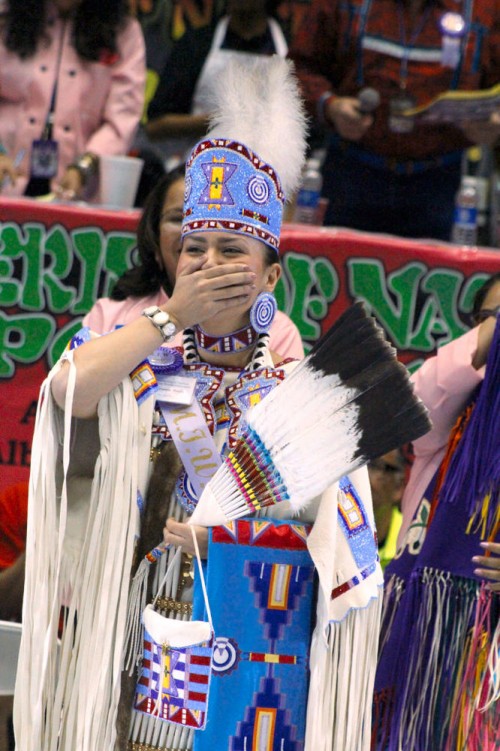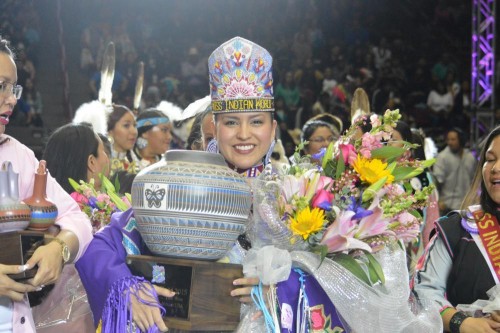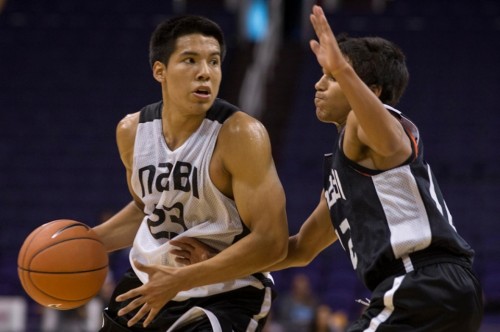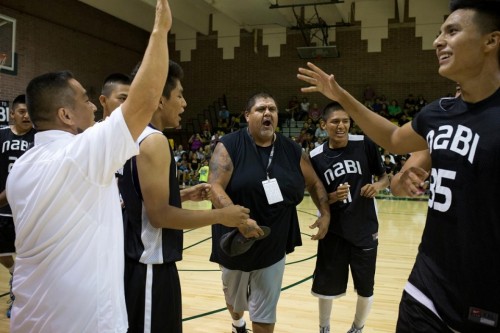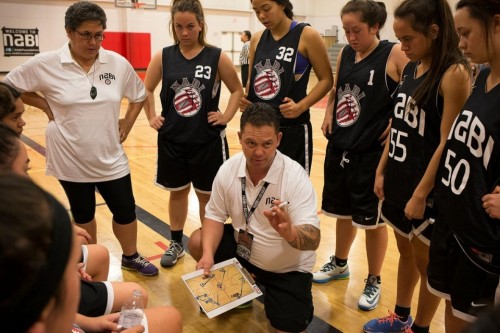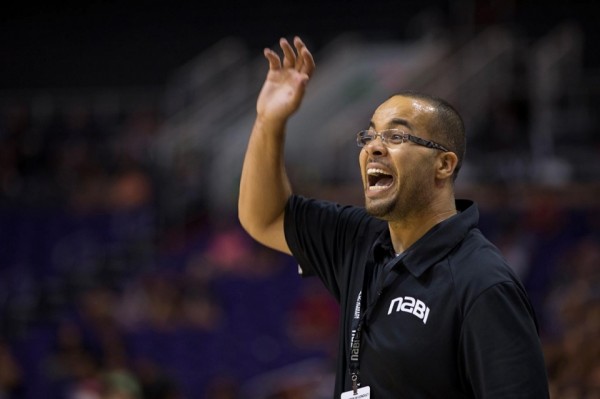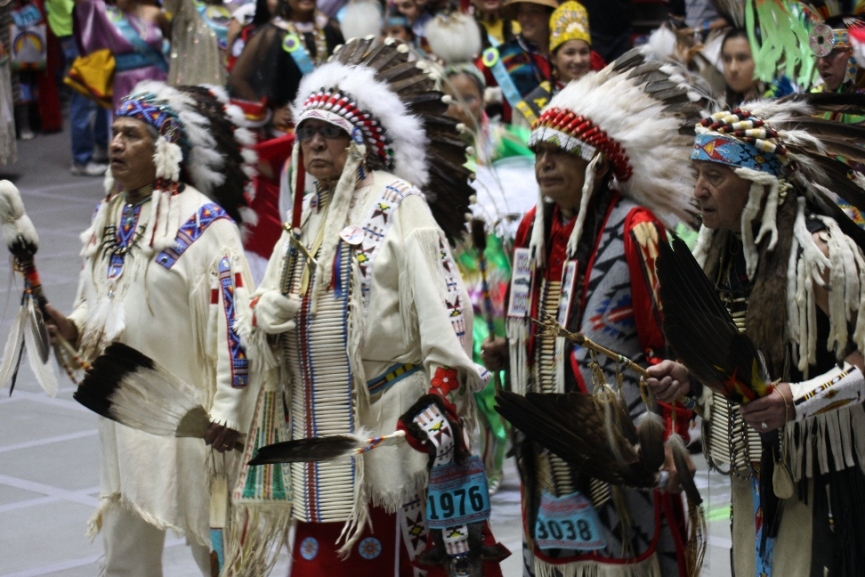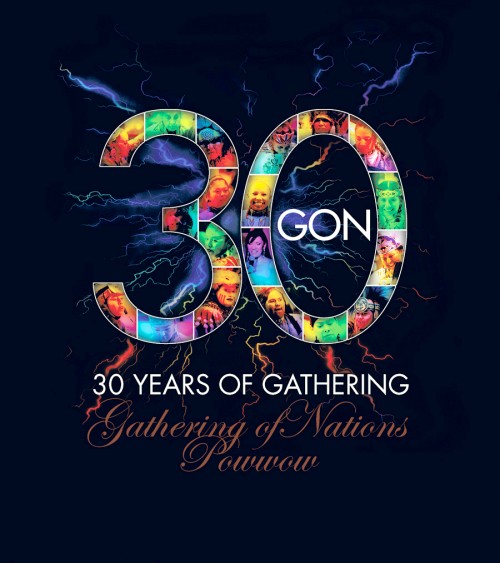
By Micheal Rios, Tulalip News
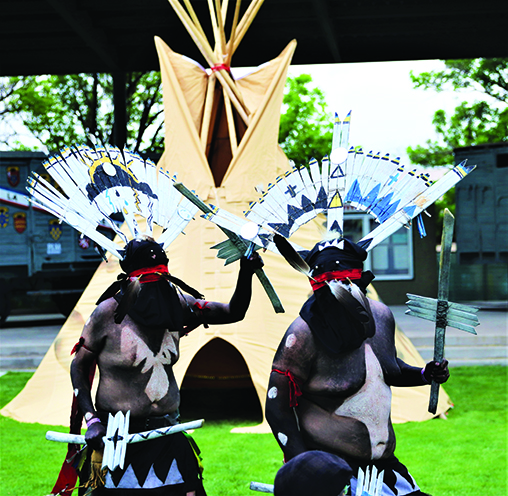
Thousands of tribal representatives from the north’s frozen tundra, the south’s dessert pueblos, the west’s coastal villages, and the east’s endless plains came together on common ground in Albuquerque, New Mexico. There, the diverse representation of Native America’s thriving cultures formed an unbreakable bond that was made even stronger by the additions of Māori citizens from New Zealand and Aztec descendants from the heart of Mexico. Living up to its name, this was a true Gathering of Nations.
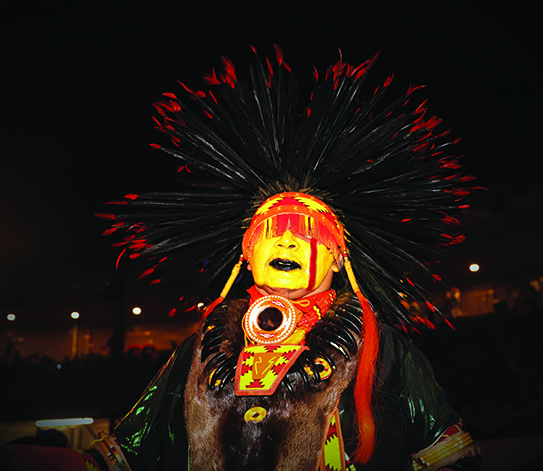

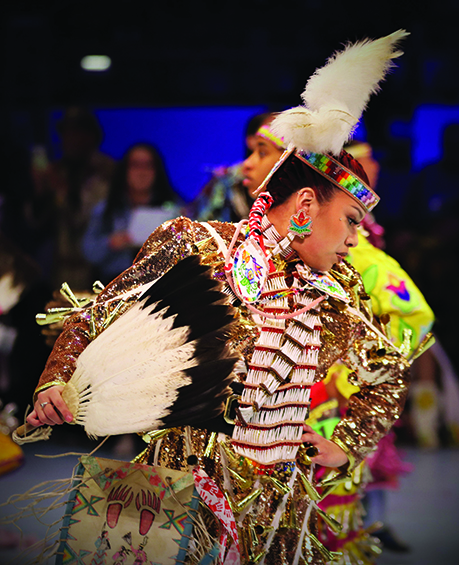
“As we begin the fourth decade of the Gathering of Nations, I am so pleased to welcome you all here to the 41st annual Gathering of Nations Powwow. Whether this is your first time attending or you are an old-timer who attended every year, the excitement is always ultra-high,” stated Derek Mathews, Gathering of Nations founder. “When we look back over the past decades and as we look to the future, the concept has always been and will continue to be to produce an event where Native people can come together to celebrate and share culture.
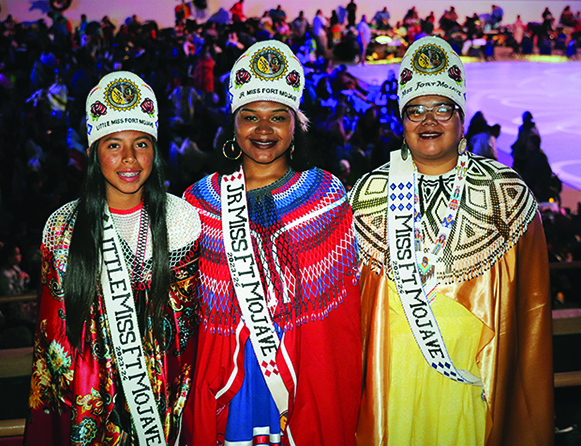
“Considered the most prominent and popular Native American event in North America, Gathering will once again host tens of thousands of people and more than 750 tribes from throughout the United States, Canada, and around the world. The three-day festival will include more than 3,000 traditional singers and dancers, as well as hundreds of Native artisans, crafters and traders displaying and selling their amazing work.”
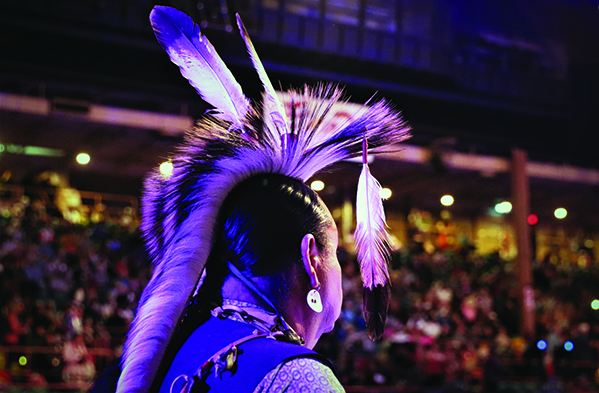
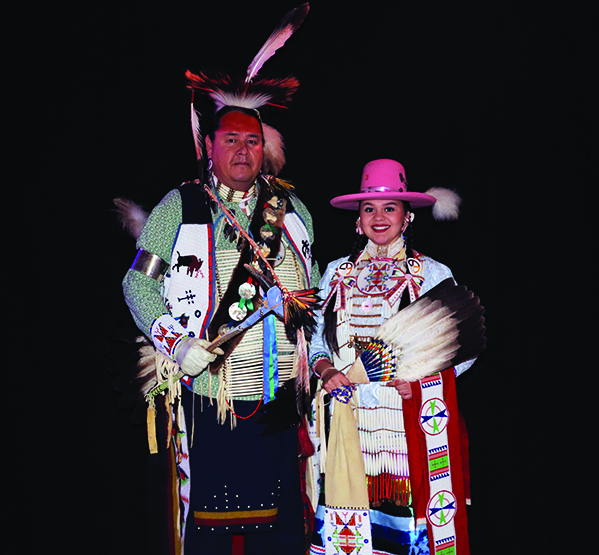
In its 41st rendition, New Mexico’s Tingley Coliseum was home to the three-day Gathering of Nations that took place over the final weekend in April. Widely regarded as ‘North America’s largest powwow’, the near 12,000-seat Coliseum reached maximum capacity during both Friday and Saturday nights’ much-anticipated, evening Grand Entry’s.
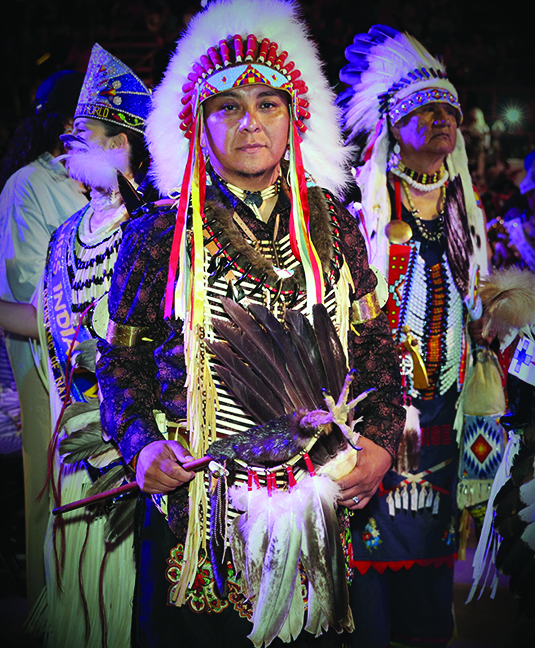
It’s no exaggeration that Native American culture bearers of all ages journeyed from across the four directions to attend Gathering of Nations. There was a group of four elders from the Passamaquoddy Tribe of Indian Township, Maine who dawned immaculate deer skin, buckskins.
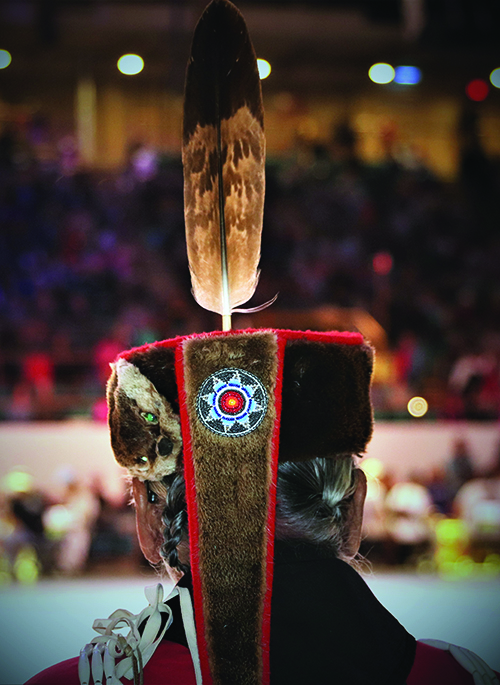
“This is the first-time members of our Tribe have attended Gathering of Nations,” said Passamaquoddy elder Mary Creighton. “It’s such an honor to be here. At my age (81) I didn’t really plan on dancing, but being here and feeling the energy created from all our beautiful people being together, I felt compelled to dance. It’s quite the feeling, let me tell you, but I’m so glad that I did. Together, we’ve kept our culture going.”
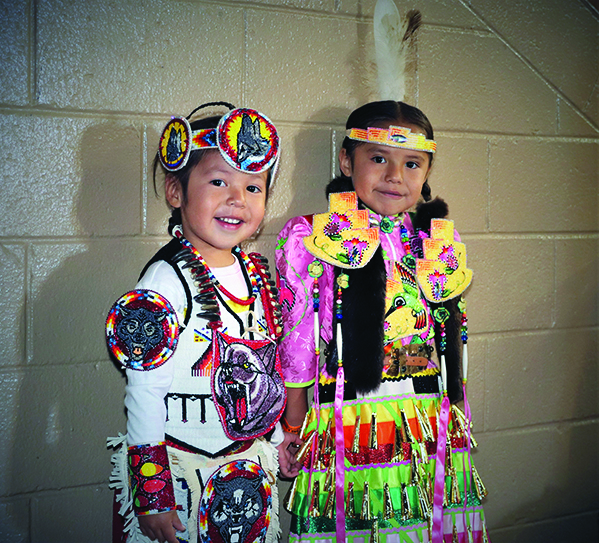
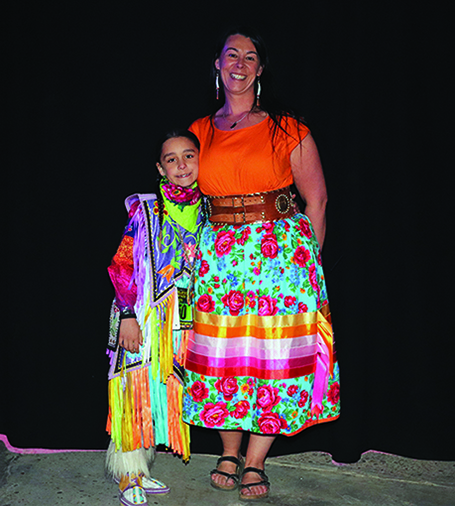
From an even higher Earth latitude journeyed a jingle dress group from northern Manitoba, Canada. Hailing all the way from Opaskwayak Cree Nation was Savanna Sayese and her group of young Cree woman who glimmered spectacularly under the Coliseum’s stage lighting.
“This has always been a dream for us to attend Gathering of Nations,” explained Savanna. “The girls have been fundraising for 7-months straight and raised about $30,000 to make their dream a reality. It took so much commitment and sacrifice from these girls in order to fund this 14-day road trip. Now that we’re here, I’ve witnessed their confidence soar by putting on their regalia and being able to dance with so many Indigenous jingle dress dancers. It’s so powerful to see the healing of our people and for these girls in particular because they dance not just for themselves, but for each other and for their people back home.”
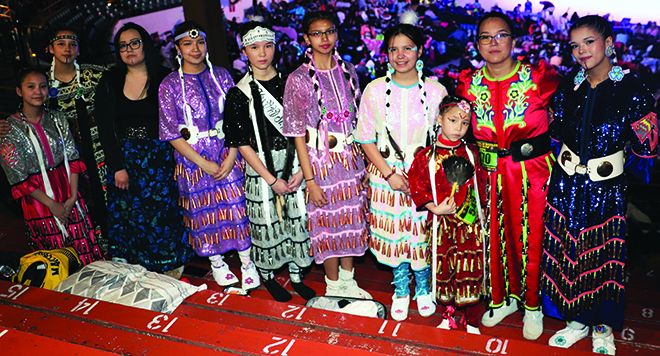
The Manitoba girls group ranged in age from 12- to 16-years-old. For some of them it was their first time in the United States, while for all of them it was their very first-time dancing competitively. Together they form Naneway Iskew, which translates to ‘Cree Women’ in their traditional language.
“I love being in my regalia because when I’m in it I feel pretty,” beamed one of the teenage Naneway Iskew dancers.
“It’s all about healing,” added another. “When we wear our regalia and get to dance, we feel connected to our roots, to our ancestors.”
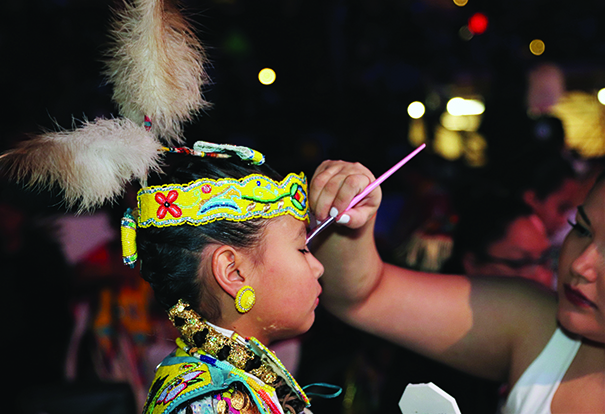

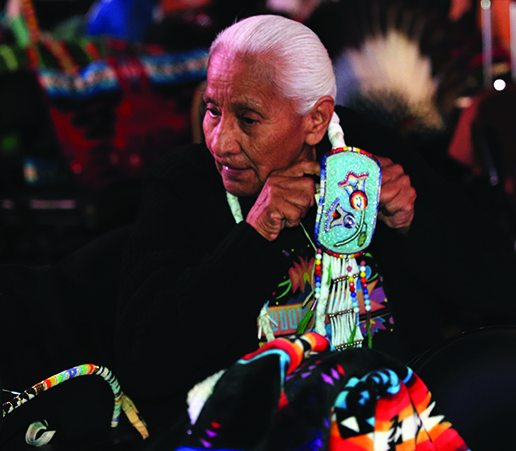
Outside the Coliseum seemed to be just as busy as inside, with thousands more perusing a gigantic Trader’s Market that showcased several hundred vendors who specialized in a wide range of unique handmade jewelry, art, clothing, and other highly sought-after goods popular within the powwow circuit. Plus, at any given time, there were multiple roaming performances happening on the Tingley Coliseum grounds that would stop individuals, couples, and entire families in their tracks; leaving them captivated in carefully composed cultural performances.
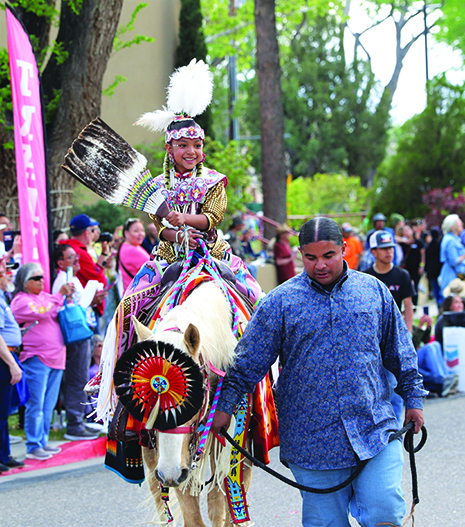
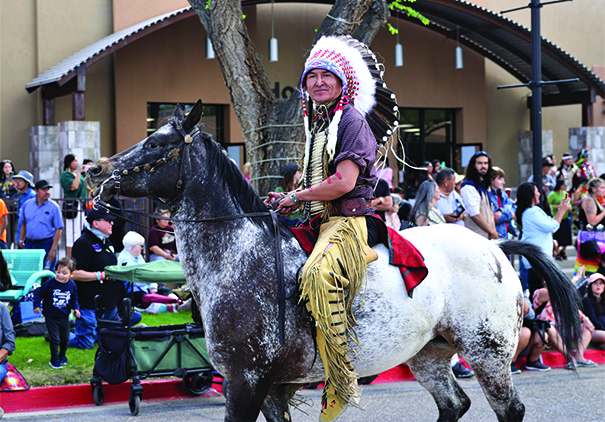
Within the intersection of indigeneity and cultural exchange, one could hear the celebration chants of life triumphing over death via a Māori Haka dance, feel the thunderous beats resonating from an Aztec Huehuetl (log drum) while vibrant plumed headdresses danced in unison, and see Apache Crown Dancers invoking the mountain spirits to provide a sense of renewal and healing to the gathering.
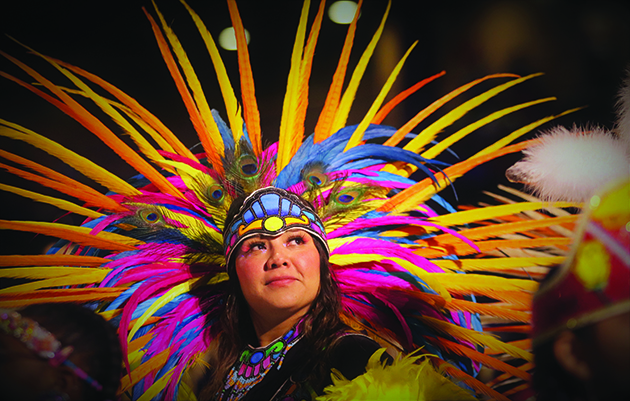
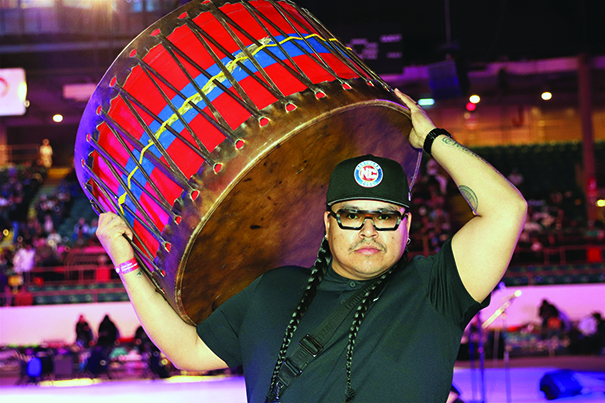
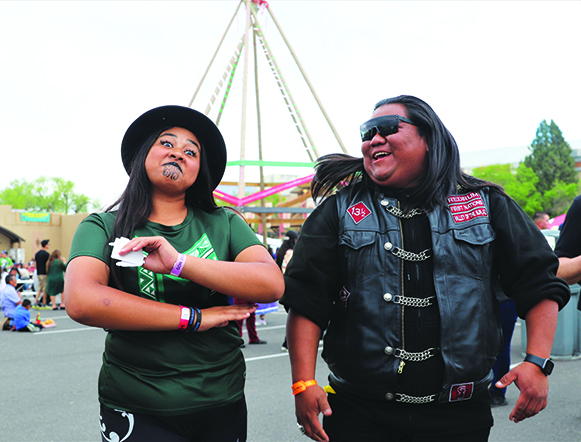
Found at this intersection, emitting a warrior’s spirit all her own, was Master Sgt. Shannon Myhre and her fellow tribal liaisons from the Indigenous Nations Equality Team (I.N.E.T.). This team is a specialized department of the Air Force that provides advocacy on behalf of Native American Airmen.

“I.N.E.T. was formed to lift barriers, provide career pathways for our Indigenous Airmen, and give our shared culture representation at important events, like Gathering of Nations,” said Master Sgt. Myhre whose homelands are in Shiprock, New Mexico on the Navajo Nation Reservation. “It’s so amazing to be here and be embraced as another branch of our proud warrior culture being shared. I love the intention behind I.N.E.T. and the fact we’re allowed to wear our medallions and jewelry in uniform at events so that everyone can see that we are here and proud of where we come from. As a unit, we are taking advantage of what we can to honor our ancestors and military veterans who came before us.”
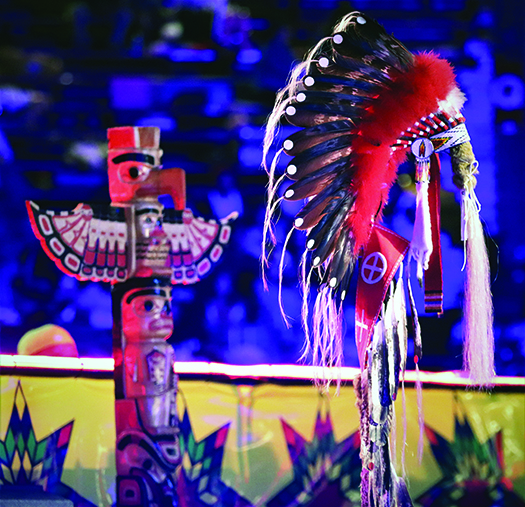
Put simply, Gathering of Nations is much more than just another powwow. It’s a shared culmination of cultural determination, strength, and community unique to the Indigenous peoples across North America. It’s a pivotal gathering point of Indigenous people that provides a revered space to share stories, transmit the many forms of traditional dance, and, best of all, strengthens a sense of solidarity across state, country, and even continental borders. It’s a gathering, yes, but even more so it’s a celebration. A celebration of a shared cultural identity.

